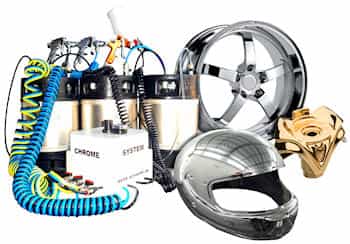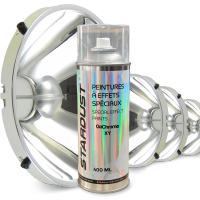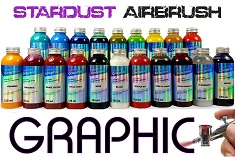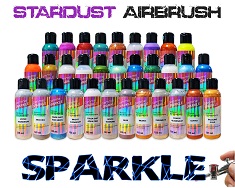All Products are in stock
and shipped from France.
Delivery within 48 hours.
and shipped from France.
Delivery within 48 hours.
Our categories
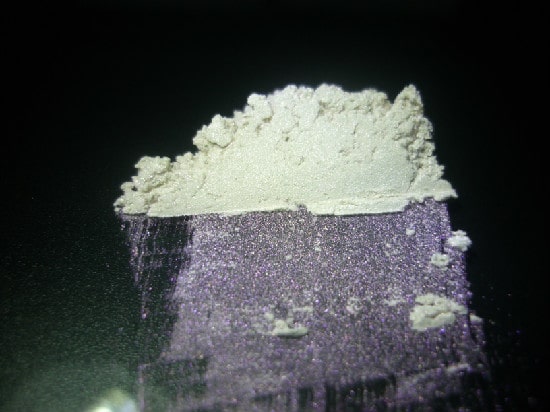 Pearl pigments
Pearl pigments
For several decades now, following the superb innovations that have taken place in the field of mother-of-pearl, the composition of pigments for car paint, motorcycle paint and bike paint has evolved and become more complex, with today a wide range of mother-of-pearl with properties exceptional. Mother-of-pearl pigments come in the form of very fine and volatile powder, white or colored.
These pigments are flat-shaped particles, appearing under the microscope as “cornflakes” or flakes. Their size is microscopic because we are talking here about a diameter approaching the hundredth of a millimeter. The composition of a modern mother-of-pearl is mainly a single material, synthetic mica. For decades already, this has replaced the old composition based on natural mica. Synthetic mica is relatively easy to produce and is much smoother and purer compared to the mineral form of natural mica that is mined from rocks. This progress has allowed the generalization of the use of mother-of-pearl pigments in paints, plastics and make-up.
Once mixed in a greasy substance, a liquid paint or a resin, mother-of-pearl no longer presents any volatility or danger. They then show many qualities, such as for example very high levels of resistance to heat and the sun, but also remarkable aesthetic properties : their very finely scintillating and perfectly regular light reflection make these pearl pigments one of the best additives decorative for finishes and surfaces.
Mother-of-pearl pigments for bike, motorcycle and car paint
These pigments have the ability to reflect light in different colors. They have optical properties far superior to other reflective pigments that we know, i.e. aluminum, glitter... Pearlescent particles are perfect particles, they are so thin in thickness (less than 0.005 mm) that a very small quantity can have a very high covering power: a quantity as low as 25 grams of mother-of-pearl can cover up to 4 m²! Thanks to today's technological progress, pigment and paint professionals have developed different versions and forms of pearlescent pigments : we have discovered how to color them, opacify them, make them more transparent and even make them with different materials such as glass, magnesium and metal. Today, there are hundreds of them and synthetic pearl particles have become widely available, with prices as low as ten euros per kilo. On the other hand, high-tech mother-of-pearl pigments can reach several thousand euros per kilo.
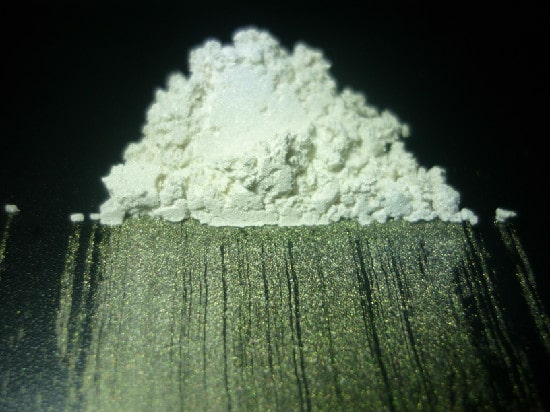 Nacres : security for users
Nacres : security for users
Today, users are mainly professionals, because pearlescent pigments remain a rare product and not widely available for public sale. Particular users are artists, do-it-yourselfers, who, for example, try their hand at making tables in epoxy resin with pearly decorations...
The dangers of mother-of-pearl exist and are not always well known. These dangers only concern mother-of-pearl powders in their volatile state, in dry form. While in the cosmetics world, pearls are used directly on the skin. This does not represent any danger because these nacres are mixed with waxes and other liquid or greasy products which prevent any volatility of the particle. There are also nacres in the fields. And even right down to champagne. In the latter case, we do not really know the effects of nacres (cutting particles) in the intestines.
Safety recommendations for mother-of-pearl
User security is an important point. The danger essentially concerns the preparation phase when mixing mother-of-pearl in plastics or even paints when the mother-of-pearl is in a powdery state, i.e. volatile: the main danger and entry into the respiratory tract . Fortunately, nacre pigments are never small enough to pass into the alveoli of the lungs. For this, the particles would have to measure less than 10 microns and most nacres are larger than 20 microns. Due to their composition, shape and size, they are very durable and “sharp” insoluble particles. In the United States, the legislation warns of the "irreversible risk [of pearls] of damage to the lungs" while in Europe, a simple statement "do not breathe dust" is applicable.
Pigment paste for car paint
Candy ink for car paint
Aluminum pigment for car paint











































